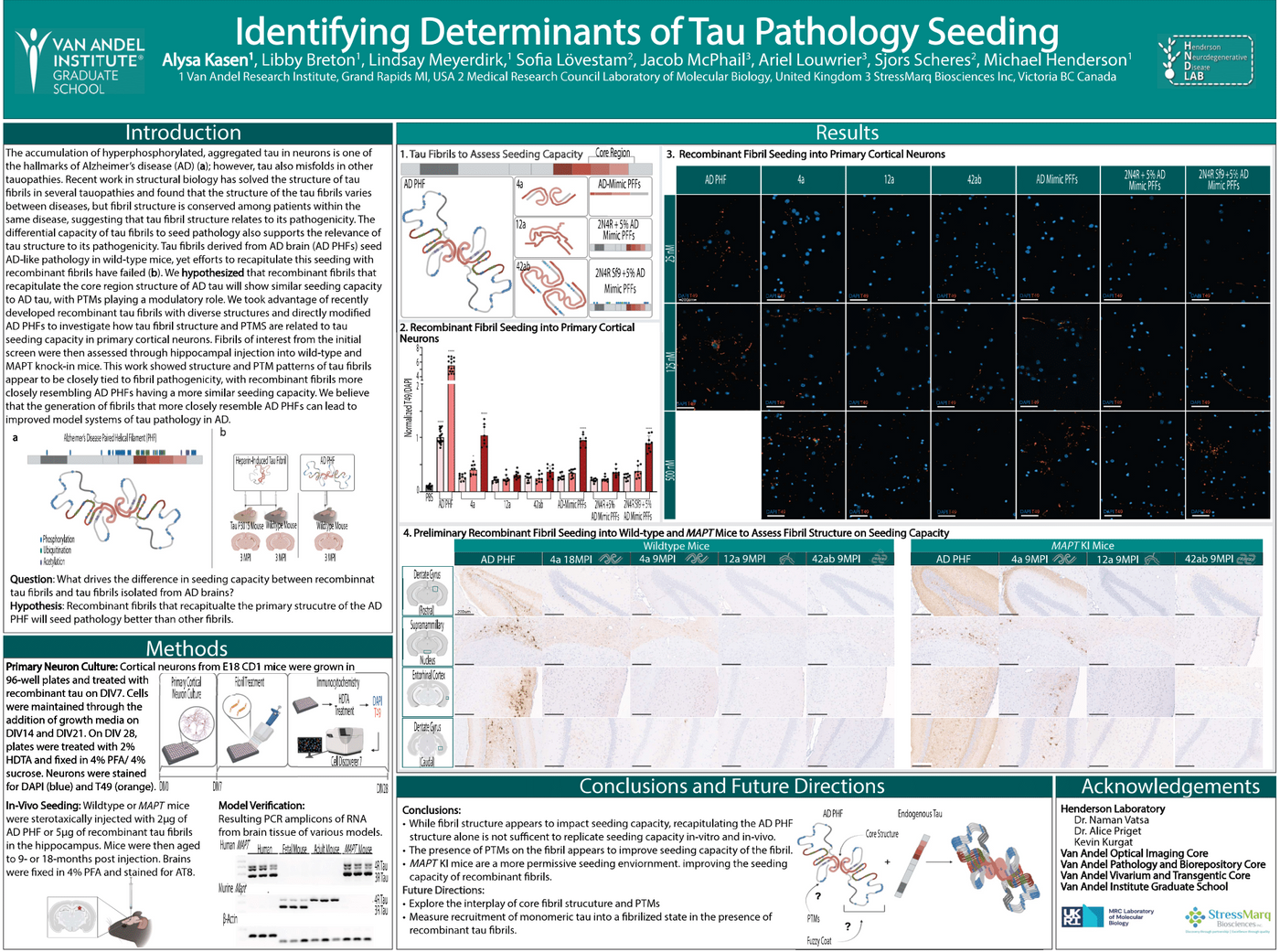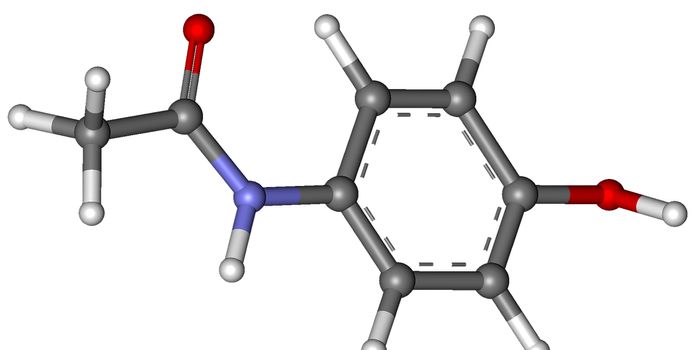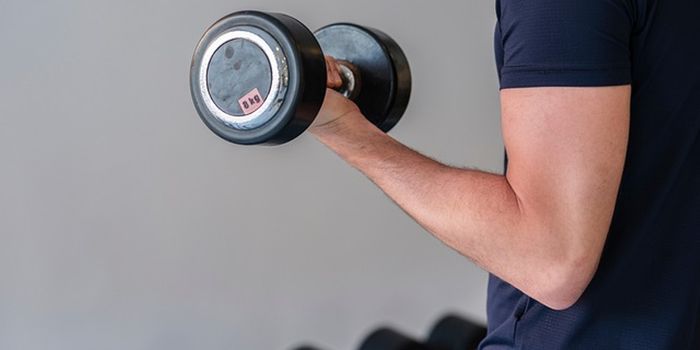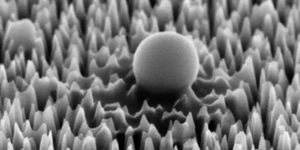Labroots 2024 Neuroscience Event Poster Winner: Alysa Kasen, PhD Candidate
Labroots’ virtual events are a fantastic way to engage, network, and meet great people in your field of study. These events feature attendees from across the globe who can promote their groundbreaking research for free with a virtual poster. This year’s Neuroscience Virtual Week (now available On-Demand), showcased an extraordinary study involving the behavior and structure of tau fibrils in brain neurons, focusing on the impact on Alzheimer’s Disease (AD) patients. This fantastic research comes from Alysa Kasen, a PhD Candidate at the Van Andel Research Institute.
Kasen’s poster investigated tau seeding capacity between AD brain tau fibrils and tau fibrils made in the lab. To conduct this study, Kasen seeded tau in primary neuron cultures or by inoculation into the brains of laboratory mice, telling Labroots the most meaningful result from this study was observing the modification of normal tau into “Alzheimer’s disease-like” tau structures.
The results showed that the AD brain tau exhibited a more permissive seeding than tau fibrils made in the lab, but these lab-made fibrils that had the same structure as AD brain tau had a much enhanced seeding capacity. Kasen emphasized to Labroots that access to patient tissue to derive AD brain tau is limited, so identifying structural roots of seeding is critical to developing new models for AD research.
“This work has allowed us to create a unique collaboration involving structural biologists and disease modeling groups,” Kasen recently told Labroots. “The blending of these two fields has allowed us to answer questions we alone lack the expertise to test. We believe leveraging the expertise found in other fields will accelerate the progress we make in understanding and treating neurodegenerative disease.”
To follow Alysa’s research and career and to connect with her, please check out her Van Andel Institute Henderson Laboratory Biography, LinkedIn, and a 2021 feature discussing her research.









